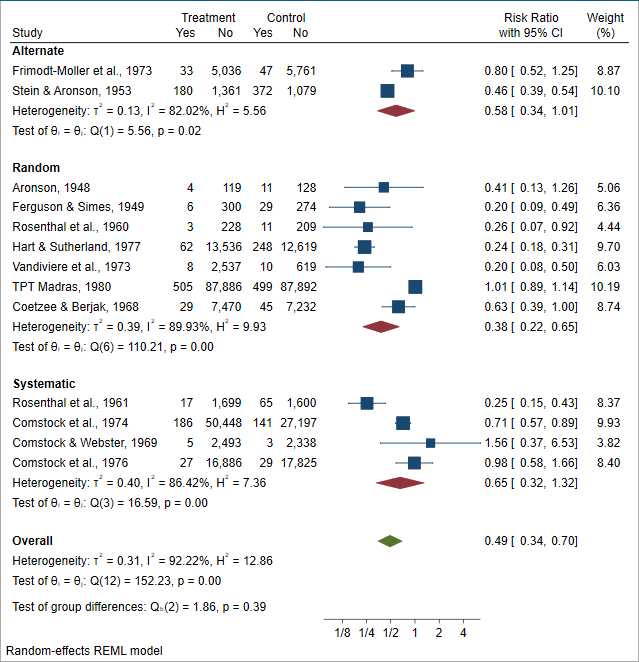

Stata/SE is for large datasets (up to about 33,000 variables, 2 billion observations) to SE Collect your results into reproducible reports. Stata/IC is for mid-size datasets (up to about 2000 variables, 2 billion observations)
DIFFERENCE STATA MP SE IC SOFTWARE
The IBM SPSS® software platform offers advanced statistical analysis, a vast library of machine-learning algorithms, text analysis, open-source extensibility, integration with big data and seamless deployment into applications. SAS is a software suite developed by SAS Institute for advanced analytics, multivariate analyses, business intelligence, data management, and predictive analytics. RStudio IDE is a powerful and productive user interface for R
DIFFERENCE STATA MP SE IC FREE
R is a free software environment for statistical computing and graphics. Python is an interpreted high-level programming language for general-purpose programming It has been designed for qualitative researchers working with very rich text-based and/or multimedia information, where deep levels of analysis on small or large volumes of data are required. Nvivo is a qualitative data analysis computer software package produced by QSR International. MATLAB (matrix laboratory) is a multi-paradigm numerical computing environment and fourth-generation programming language. Mathematica is a computational software program used in many scientific, engineering, mathematical and computing fields, based on symbolic mathematics. It provides a sophisticated compiler, distributed parallel execution, numerical accuracy, and an extensive mathematical function library. Julia is a high-level, high-performance dynamic programming language for numerical computing. The Gurobi Optimizer is a mathematical optimization solver for a wide variety of problem types, including: linear programming (LP), quadratic programming (QP), quadratically constrained programming (QCP), mixed integer linear programming (MILP), mixed-integer quadratic programming (MIQP), and mixed-integer quadratically constrained programming (MIQCP).

The program provides tools that let the user locate, code, and annotate findings in primary data material, to weigh and evaluate their importance, and to visualize the often complex relations between them. The purpose of ATLAS.ti is to help researchers uncover and systematically analyze complex phenomena hidden in unstructured data (text, multimedia, geospatial). It is used for creating and using maps, compiling geographic data, analyzing mapped information, sharing and discovering geographic information, using maps and geographic information in a range of applications, and managing geographic information in a database. Optical Character Recognition (OCR) software primarily used for converting scanned documents to computer-readable text.ĪrcGIS is a geographic information system (GIS) for working with maps and geographic information.


 0 kommentar(er)
0 kommentar(er)
